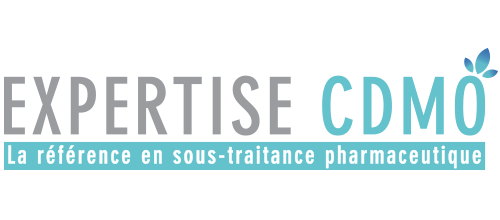URS are one of the essential elements in your project implementation because this tool makes possible to clearly define the problem, to identify the needs and the constraints, to determine the expected results and to establish the rules between the customer and the subcontractor.
Creating a URS is quite long and represents a real challenge! However, drafting efficient specifications will prevent you from overcost, delay and obtaining a product not meeting your needs.

Subcontracting of the cosmetic formulation: the 7 recommendations to be followed for the elaboration of your specifications
You already have a clear idea of your project, but have you identified your needs and expectations? The establishment of the URS requires a long and tedious work so that it is not bulky, complex not to say indigestible. With these 7 recommendations, you will ask yourself the essential questions that will allow you to include all the essential elements to the smooth running and success of your project.
1/Well introduce your project
This is the basis. In one page, start by introducing your company and your project. This will help your readers understand who you are and what you are asking for in your project. Do not detail too much in this part: go to the basics on the presentation.
2/Define the issues
Once the project is well introduced, detail the project’s objectives, including the reasons that lead you to create or redesign it. Optionally, mention the changes you are considering later.
3/ Detail the product
A cream, an ointment, a gel? In tube or in bottle? 5 g or 200 g? Natural, organic? Each product creation starts from the expression of needs. The more you provide details on the product category, desired effect, desired texture, smell, constraints to take into account (type of skin, labels, etc.) the more the contractor developer can advise you and possibly indicate any issues that could impact the project.
4/Identify your needs
The needs assessment is a critical step in the project. Once the needs are defined, the feasibility assessment for each element can take place. Each need is translated into objectives that will be used to estimate the resources, the necessary skills and the associated costs. According to these needs, the contractor will be able to propose the adapted solution(s) to your project.
5/Identify competition
What are your main competitors in the market? Which ones do you like and why? It’s good to analyze your competitors ‘products to list the ones you like to guide the developers’ work. Analyze content, features … Your provider will then have a global idea of the expected product.
6/ Defining deadlines
Estimate the duration of a project is a bit of acrobatics. In reality, there are no tools or methods that are reliable enough to guarantee a precise result. Of course, the imponderables will also be there to rock the boat. Having said that, we must provide a deadline. That’s why we talk about estimation. The accuracy of this will depend on the acceptable margin of error that you set for your subcontractor. Carry out a sufficiently fine cut so that the subcontractor can quantify the achievement within a reasonable margin of error.
7/Defining additional clauses
Payment terms and methods, warranties, validity of the quote, confidentiality, special expenses, cancellation, penalties.
Here is an overview of what a URS must present and how to exploit it. Now it’s up to you to use this tool to carry out your projects at best.
Once your specifications are well established, select your CDMO to make the manufacturing

